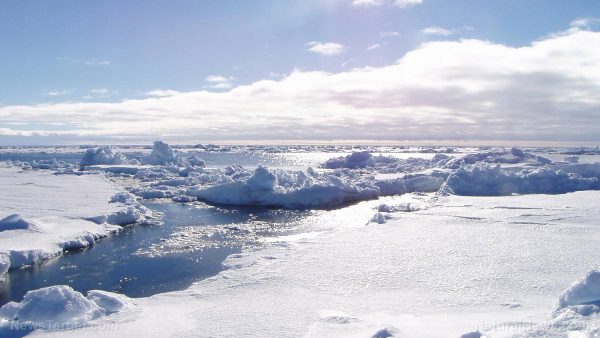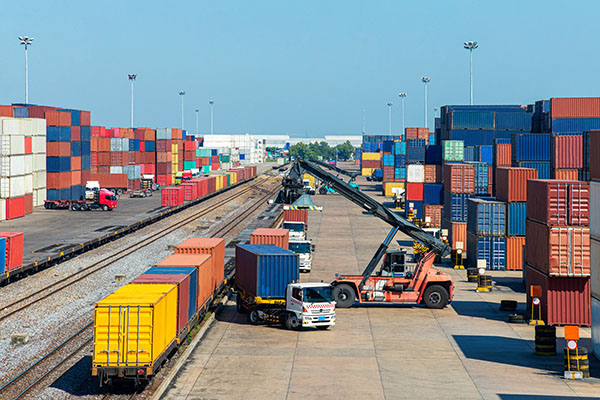 Parler
Parler Gab
Gab
Microplastics now becoming more and more ubiquitous
Back in June, it was revealed that microplastics had been identified in recently collapsed Antarctic snow for the first time after being found in sea ice a few years earlier. Recent papers also noted that microplastic pollution in the Arctic is as widespread as in other parts of the planet. Vast quantities of microplastics can now be discovered in the water, on the seafloor, on remote beaches, in rivers as well as in ice and snow in the polar region. Microplastics have been hitting the headlines in the past few years as they become increasingly widespread in the environment – being discovered in the bodies of animals on land and sea, fruit and vegetables, seafood and drinking water. These pollutants have also made it inside the human body – with scientists finding them in the lungs, blood and feces. Experts are concerned about their health consequences as they have been connected to allergies and inflammatory bowel disease. (Related: CONFIRMED: Microplastics now being found in our poop ... What does that mean for us?) "The results of our research collectively demonstrate the vital importance of reducing plastic pollution globally," Woodall commented. "The issue of microplastic fibers is also an airborne problem reaching even the last remaining pristine environments on our planet. Synthetic fibers are the most prevalent form of microplastic pollution." Watch this video about the dangers of ubiquitous microplastics. This video is from the GalacticStorm channel on Brighteon.com.More related stories:
Microplastic pollution threatening coastal lagoons worldwide; African lagoons most affected. Billions of microplastics flooding our seas, scientists warn that environmental pollution is worse than initially thought. Using quality water filters can help reduce your exposure to potentially harmful microplastics, advise scientists. Microplastics have reached farmland; experts say recycled wastewater and garbage are to blame. FINDING: Masks will silently deprive humans of oxygen for years to come through microplastic pollution. Sources include: DailyMail.co.uk FrontiersIn.org Phys.org Brighteon.comTragedies lead doctors like Aseem Malhotra to question mandatory COVID-19 vaccinations
By Arsenio Toledo // Share
Study: Excessive screen time during COVID-19 lockdowns impaired children’s sense of balance
By Belle Carter // Share
Study: Eating leafy greens reduces bone fracture risk among the elderly
By Olivia Cook // Share
2 New minerals discovered inside meteorite that crashed to Earth
By Kevin Hughes // Share
Rail strike would cripple an already teetering U.S. economy: Analysis
By JD Heyes // Share
Governments continue to obscure COVID-19 vaccine data amid rising concerns over excess deaths
By patricklewis // Share
Tech giant Microsoft backs EXTINCTION with its support of carbon capture programs
By ramontomeydw // Share
Germany to resume arms exports to Israel despite repeated ceasefire violations
By isabelle // Share










